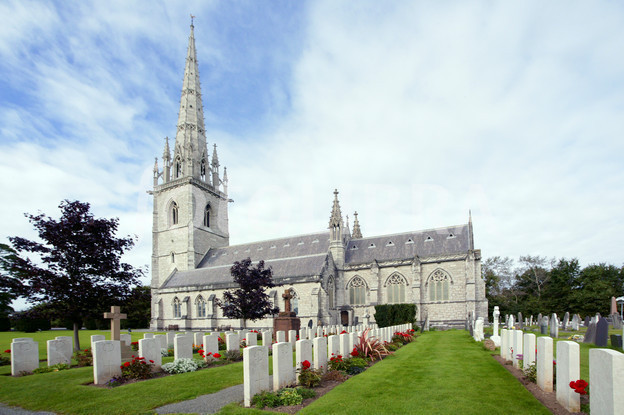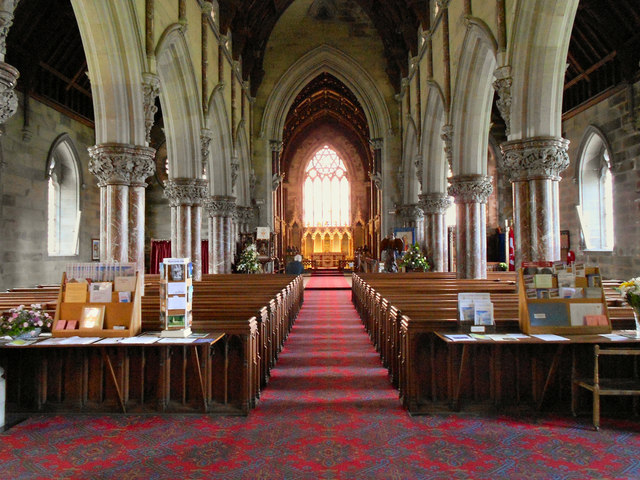Assembly – Memorial Chairs
St Margaret’s Church
The Village, Bodelwyddan
(The Marble Church)
August 20 – October 13 2017
A five year touring installation throughout the British Isles commemorating casualties of the First World War.
“Assembly” brings something tangible from Flanders to be installed in significant community sites in the British Isles, which in their own way already commemorate casualties of the First World War (religious sites, schools, universities, community halls…). After a journey of four years the installation will return to Ypres in the summer of 2018.
The project will visit communities with the special intention of inviting local people to contribute their personal stories about the First World War.
We are funding this project because we believe that, a hundred years on, it is important to renew the strong bond that exists between Belgium and the British Isles through this accessible and symbolically important community art project.
Description of installation
The installation consists of five chairs from Passchendaele’s St. Audomarus Church – each representing the casualties of one year of the war 1914 -1918 (which is shown in small lead numbers on the chairs)
The chairs will be accompanied by a beautifully constructed book; the left hand side of each page will be printed with the names of all casualties from the British Isles who died in Belgium, leaving space on the right hand side for personal stories about the Great War to be added. These stories could be about the names in the book, but also about many others. In all more than 173,000 names will be in the book (1.216 pages with ± 240 names per page).







